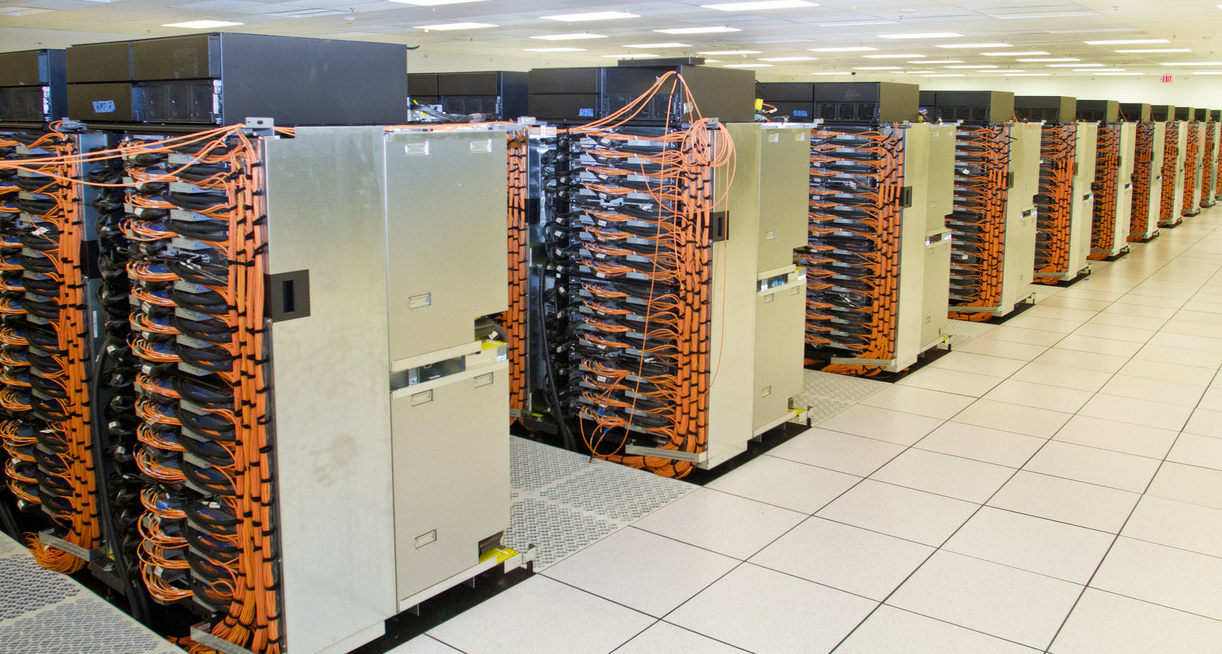IBM, Lawrence Livermore aim to meld supercomputing, industries

IBM and the Lawrence Livermore National Laboratory launched plans to form a partnership that will bring high-performance computing and adapt it for industrial usage.
The partnership, dubbed Deep Computing Solutions, will be housed within Lawrence Livermore's High Performance Computing Innovation Center (HPCIC). The HPCIC was announced a year ago to use supercomputing to make American industry more competitive. The aim is to make high performance computing more accessible for business use.
IBM and Lawrence Livermore will combine computer science expertise for mutual partners.
Vulcan is part of the contract that led to Sequoia, the 20-petaflop system that is the fastest supercomputer.
IBM said it will provide researchers to work on industrial projects revolving around smart grids, manufacturing, informatics, material sciences and Big Data.
If successful, IBM and Lawrence Livermore can apply supercomputing to everything from the food supply chain to transportation networks to renewable energy.
To date Lawrence Livermore has worked with NASA, Energy Exemplar, Navistar and the U.S. Air Force. One project aimed to reduce the aerodynamic drag of semi-trucks (lower right). The Energy Exemplar project was designed to simulate a smart grid and model the power market.
